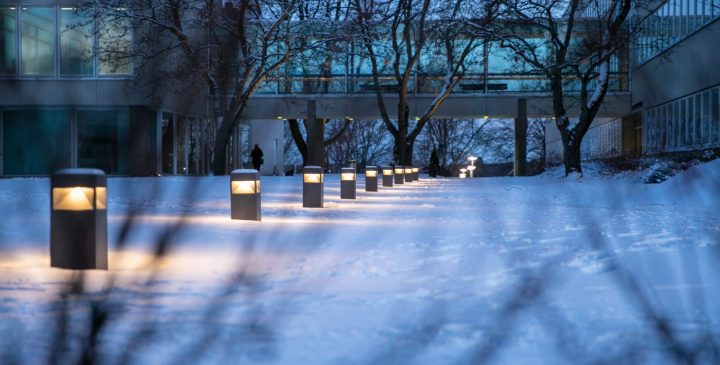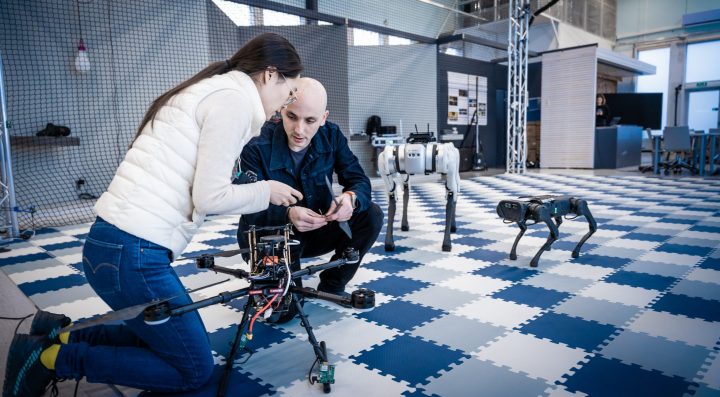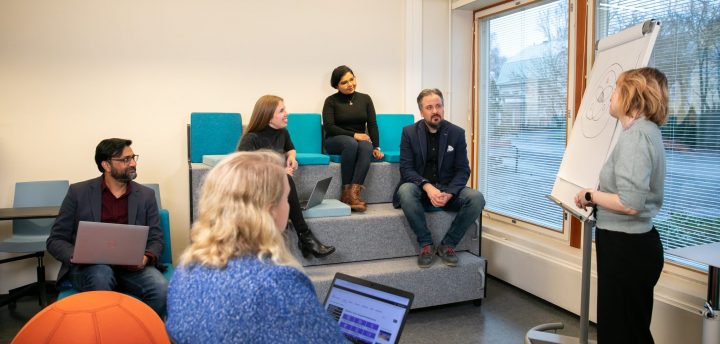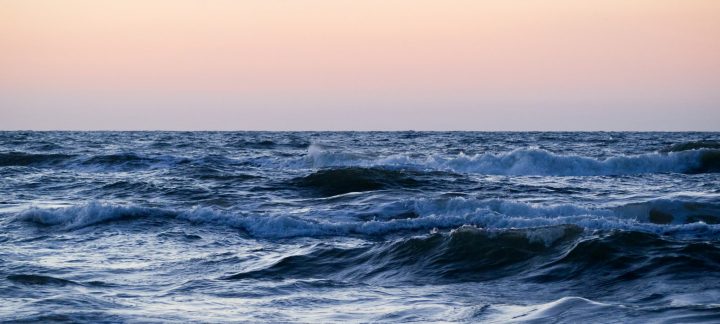Universities in a cross sea of tensions and forces of change
An ongoing development project at the University of Turku delves into the University’s international operational environment and global situational picture. The project seeks to identify key trends, forces of change and developments as well as their potential impacts on the University. A recent analysis completed as part of the project paves the way for further assessments in which representatives of the University community can express their views.
The project Analysis of the International Operating Environment of the University of Turku and Global Situational Picture of University Operations is part of the foresight work of the Strategic Planning Unit of the University of Turku. Experts from the Finland Futures Research Centre (FFRC) are also involved in the implementation of the project. The aim of the project is to enhance proactive decision-making, improve the University’s adaptability and help the University remain competitive, vibrant and attractive.

The first phase of the project, launched in the autumn of 2023, focused on mapping and analysing the forces and tensions affecting the University’s operational environment. The analysis, which was based on a literature review, was carried out by the FFRC. It explored the operational environment of universities from four predefined angles. The analysis focused on the role of universities as central knowledge institutions, the disciplinarity dynamics of universities, and universities as functional organisations (research and teaching activities, support services, social interaction). In addition, the infrastructure of universities was examined from the perspective of material and immaterial structures.
“A variety of observations, models, and arguments are brought up in discussions on universities. There is no single discourse on the future of universities. Evaluating these observations, models and arguments from the perspective of the institution’s strategy is not simple – what is relevant, what is just a reflection, and what is already business as usual,” explains Veli Virmajoki, Senior Researcher at the Finland Futures Research Centre.
“However, it is better to be aware of where you are going and what is on the table on a larger scale. Key themes include tradition and renewal, international research and local impact, and demands for the ability to respond outward. In the end, the analysis once again highlights the fact that universities are intertwined with the rest of society, and there is no university strategy without a social strategy. The direction of the university is the direction of society in many ways,” Virmajoki continues.
Global and local forces at the heart of strategic development
Based on the analysis, universities are affected by a variety of global and local forces that require attention in decision-making and strategic development. These include the growing importance of international visibility and competition as a driving force for university activities, the social and commercially-oriented expectations placed on the effectiveness of research activities at local and global level, and the growing importance of multidisciplinarity alongside traditional academic disciplines.
In addition, the operations and decision-making of universities are influenced by, for example, the expectations of external and internal stakeholders, the need to increase research cooperation with external actors, the need to adapt teaching methods and support services, and the changes in research and education practices and infrastructure caused by the digital transformation.

Tensions complicate decision-making
The analysis also identified tensions affecting university operations. In some cases, these tensions may cause conflicts and require strategic choices. Several tensions stem from the expectations and goals set for the operations and roles of universities. These expectations and objectives are not always compatible with each other. Universities may have to make choices between, for example, expectations of international orientation and competitiveness and expectations of impact at a local level. In addition, expectations of economic and social impact can make it challenging to define research priorities. Tensions between multidisciplinary approaches and traditional disciplines, on the other hand, raise questions on the distribution of resources and what kind of knowledge universities are expected to produce.
Tensions are also caused by the impact of different funding models on academic freedom, university identities and activities. While the diversification of society and digital transformation bring along many opportunities, they also present challenges related to the accessibility of education and the infrastructures and identities of universities. The need to develop support services, on the other hand, raises questions on resource allocation and may require new approaches to providing support, teaching and research services.
The analysis provides a foundation for further work in University development
The comprehensive analysis that is based on a literature review provides valuable information on the operatinal environment of universities and the potential impacts of its forces and tensions on the University of Turku. Next, representatives of the University community will be invited to give their views on the observations of the future of universities. The views will be collected during the first months of 2024.

During 2024, the project will also carry out a benchmarking exercise to learn about the strategic foresight work and analysis of the changing operational environment carried out by other universities. Based on the results of the operational environment analysis, situational picture and benchmarking exercise, a regularly updated process/model for continuous situational awareness will be developed for the University of Turku. It will become a permanent tool for the University’s strategic foresight activities.
“The project has made very good progress so far and the valuable observations and results obtained from it already at this stage will be used when the strategy of the University of Turku is updated during the spring. The aim is to make extensive use of the continuous situational awareness model, developed in the next phase of the project, in the University’s management and decision-making. Future foresight is an integral part of the University’s strategy work. The University must not only live in time, but also anticipate the future so that operations can be developed in time and we are thus able to keep up with changes in the operating environment. Or even better, to be a pioneer and a trendsetter as a university,” says Päivi Mattila-Wiro, Director of Strategic Affairs at the University of Turku.
